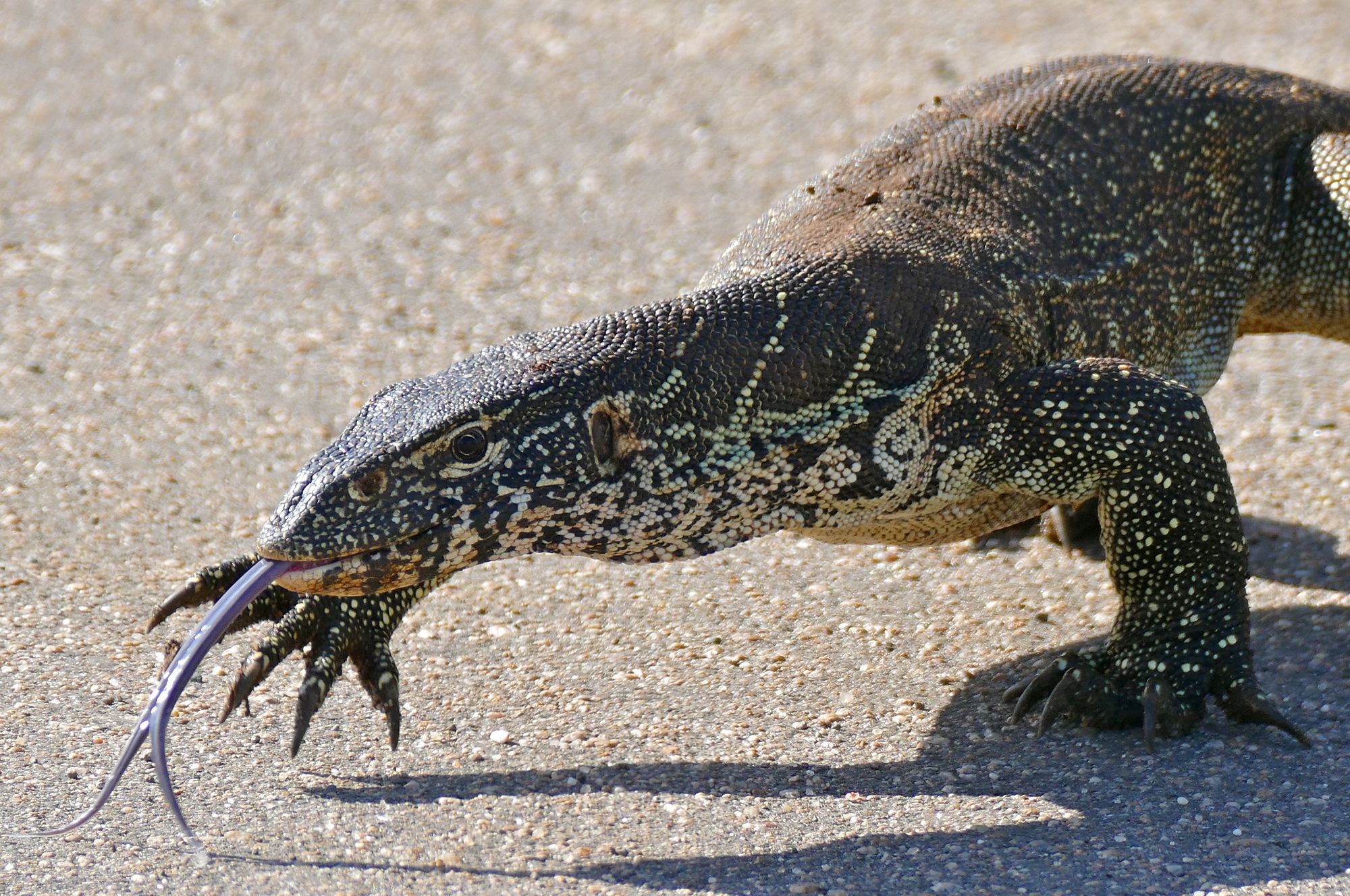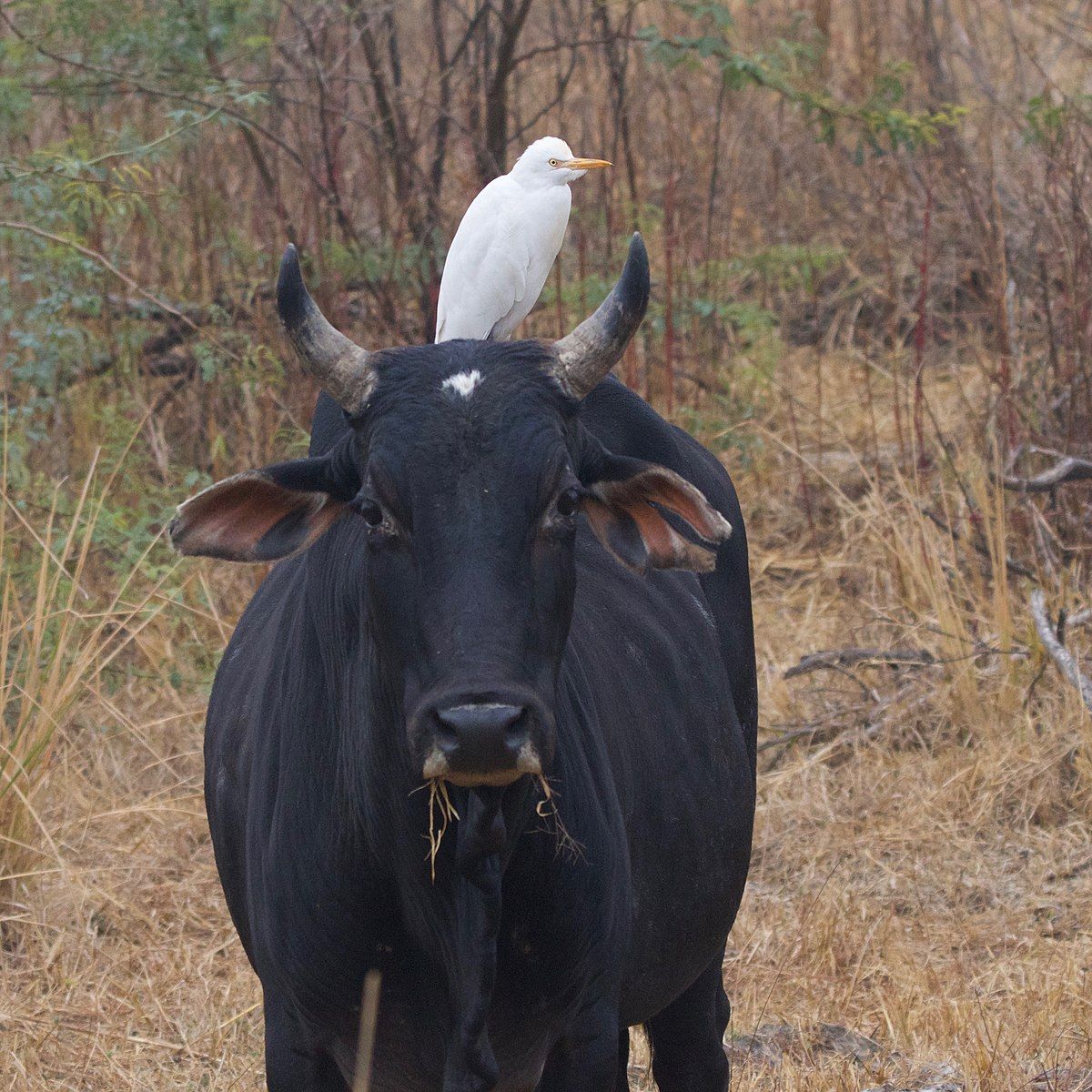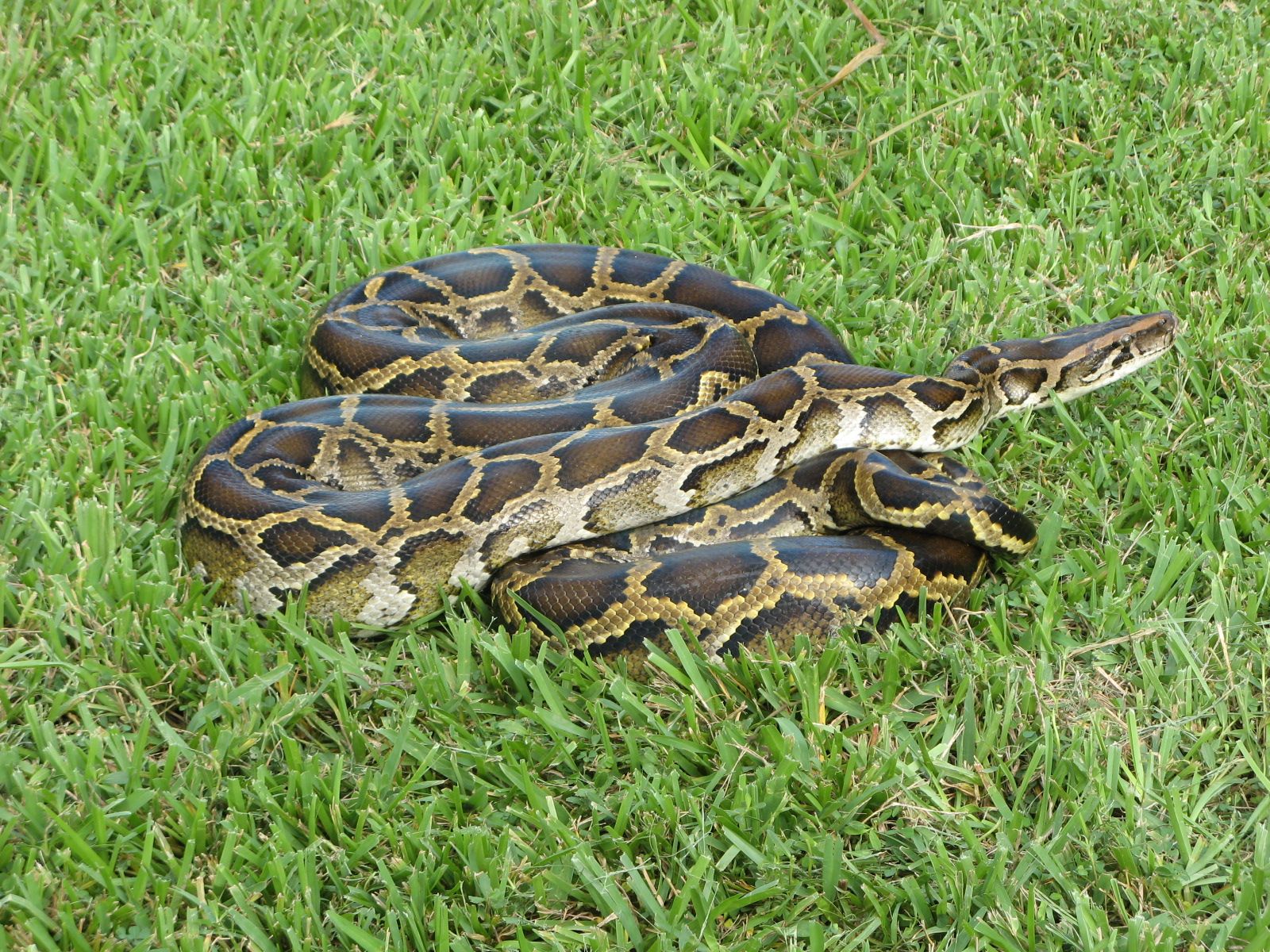
This week, we’ll be talking about the distinction between two related and important terms and looking at examples of each here in South Florida. These terms are ‘exotic’ and ‘invasive’.
Part of the confusion is that the two are often combined together (i.e. ‘exotic invasive’). This is because one of the two is a subset of the other. This is similar to a common definition issue I get asked: What is the difference between a turtle and a tortoise (or, less frequently, a frog and a toad)? A tortoise is a type of turtle. A toad is a type and frog. And, like those, an invasive species is a type of exotic species.
‘Exotic’ is really just a fancy synonym for ‘non-native’. It is any species that is not originally from its current surroundings. Importantly, this does not distinguish between the reasons for why the species got there. While many of the most notable exotics in Florida were intentional introductions, some have come here without much of our direct help. For example, the cattle egret, Bubulcus ibis, followed the expansion of domesticated cattle and horses from their original range in Africa to South America and continued to expand from there.

The word ‘invasive’ is used to describe any exotic species that has caused ecological or other damage after its introduction. Whether or not an exotic species is considered invasive is sometimes up for debate. There are plenty of fringe cases (as with so many things, it is rarely just either/or but rather a spectrum). One clearly invasive species I’ve already mentioned in a previous newsletter is the cane toad.
There are also invasive plants like the Melaleuca and Brazilian pepper. The former was planted to ‘dry up the swamp’ (before we understood it would be a bad thing), which it has done far too well. The latter was brought as an ornamental, but it spreads aggressively and both its sap and fruit are toxic, causing problems for humans and animals.
But what about something like the Green iguana, Iguana iguana? They’re primarily herbivorous and don’t really feed much on native species, certainly none that are at risk. It might tear up your garden plants or dig a burrow in your lawn, but it’s more of a nuisance than a threat. Does that make it invasive?
One major factor in a species becoming invasive is a lack of natural predators in its new habitat. This is particularly true of another notorious invader of our natural spaces, the Burmese python, Python bivittatus.

Their size, up to 4 or 5 meters long, makes them a dangerous opponent for any predator to take on. American alligators can try, but there are usually better options for them that are less likely to fight back. Efforts to remove them have met with limited success. You might ask, ‘how hard is it to find a 10+ foot long snake?’, but it is well-camouflaged and thus difficult to find in the Everglades where most of them are. However, there is a fascinating interaction with a bobcat recently recorded on camera. Native populations have the potential to adapt to introduced species, but I’m not getting my hopes up just yet that the bobcats can keep the pythons in check. Unlike many other reptiles, the female stays with the nest until the eggs hatch. Still, it’s an intriguing anecdote to observe.
In the end, when it comes to exotic species, the phrase ‘an ounce of prevention is worth a pound of cure’ is still very applicable. Many of our invasive animals, like the Burmese python, came from released or escaped pets. It’s important to be responsible if you have an exotic pet. There are plenty of resources if you can’t care for it any longer, in particular Florida FWC’s Exotic Pet Amnesty Program.